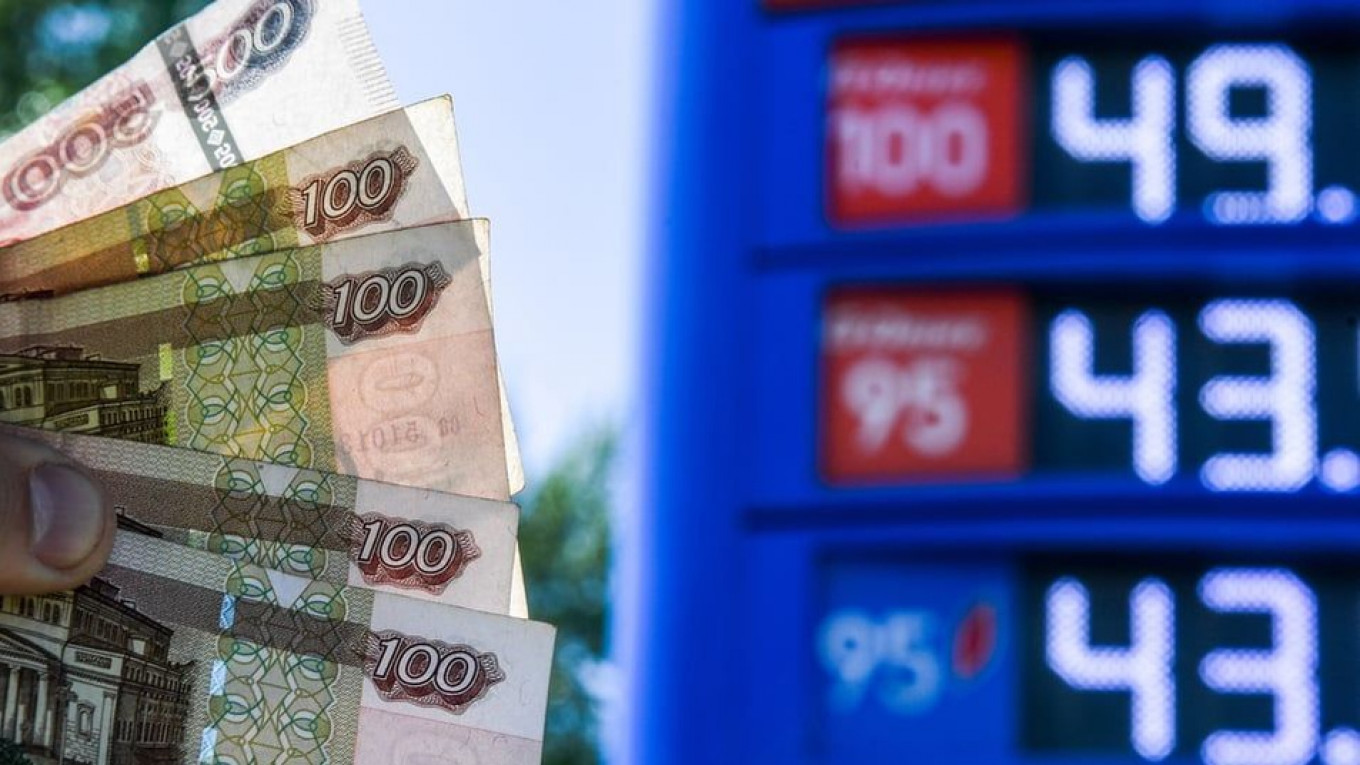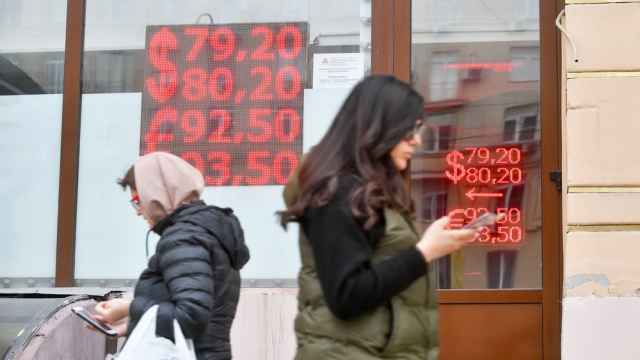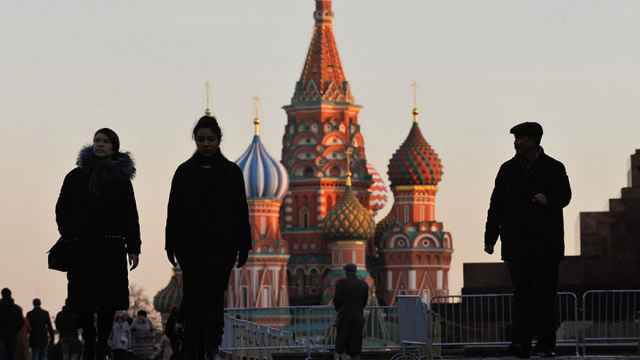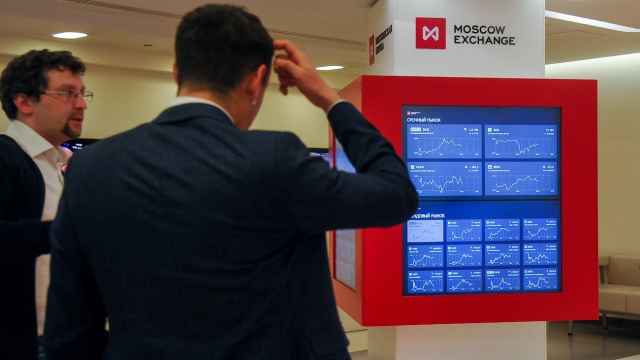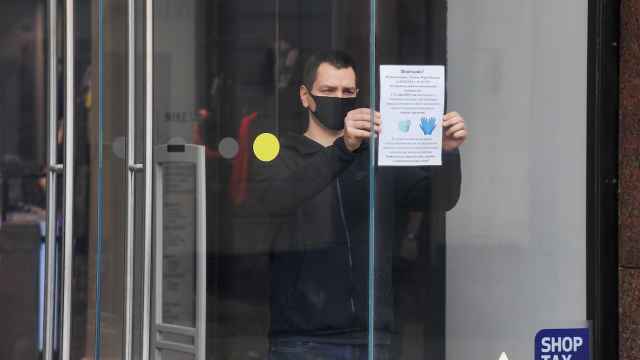The Kremlin’s heavy reliance since the early 2000s on raw materials revenues, the siloviki and the president’s inner circle has had a significant impact on the structure of the economy. Russia is increasingly out of step with global trends. Average GDP growth hovers between 1.8 percent and 2.6 percent annually, a benchmark that will prove nearly impossible to surpass under President Vladimir Putin. In the absence of any serious restructuring of the economy, Russia is doomed to steadily fall behind the rest of the world, whose economies are growing at an average rate of 3.5 percent per year.
In 1999-2008, Russia’s GDP grew by an average of 6.9 percent annually, but in 2009-2017 that number was down to only 0.7 percent. Some economists explain this as a natural slowdown in the transition from a planned to a market economy, while others argue that the raw materials-based growth model has exhausted its potential because the Russian oil and gas sector is no longer competitive.
In any case, the Russian economy’s “potential for recovery…seems largely exhausted,” according to a Higher School of Economics analytical report led by Yevgeny Yasin and titled “Structural Changes in the Russian Economy and Structural Policy.” The authors conclude that the structure of the Russian economy is uncompetitive by modern standards.
The problem stems not only from the Russian budget’s overdependence on global hydrocarbon prices, but also from the underdevelopment of small and medium-sized businesses, the slow growth of IT companies, the low capitalization of scientific and educational potential, and the lack of focus on the needs of society and individuals.
Throughout his 18 years in power, Vladimir Putin has never tired of repeating that Russia must diversify its economy, increase competition, help small businesses, develop healthcare and education, etc. In fact, the structure of the economy really has changed significantly under his leadership. The role of the state has constantly expanded even as the public sector that provides for the development of human capital has shrunk, with spending on education down by 0.8 percent, to 2.6 percent of GDP, and on healthcare down by 0.6 percent, to 3.8 percent of GDP, in 2005-2015.
A comparison with developed countries only underscores that Russian leaders apparently consider such spending a waste of money. In comparison, in 2015 the U.S. devoted 5.6 percent of GDP to education; Australia — 5.2 percent, and Germany — 4.5 percent. At the same time, Germany spent 7.7 percent of GDP on healthcare, the U.S. spent 7.4 percent, and Australia — 7.3 percent, with all indicators reflecting up to 1.2 percent greater spending than in previous years. Even a comparison with Brazil, Mexico, Hungary, or Poland – countries with per capita GDPs similar to Russia’s – affords little solace: in Russia, the share of manufacturing, finance, tourism, construction, real estate, and education and other social services is significantly lower.
Not surprisingly, extraction industries continue to account for most of Russia’s economic growth. The authors of the report found that, despite all the calls by senior Russian officials to develop high-tech industries and invest in human capital, those objectives still take a backseat while the tilt towards raw materials dependence has only increased.
This state of affairs is no accident, nor is it the result of some strange “raw materials curse” plaguing the country. Rather, it represents a conscious choice by Vladimir Putin and his ruling class who see it as a means of maintaining and strengthening their hold on power. This is not the first time that Soviet or Russian authorities have come to such a fork in the road.
Once again, they must choose between relying on quick windfalls from raw materials exports that also reinforce their hold on power, or investing in non-resource sectors, social institutions and other services that generally risk leading to a loss of power. This was true of the so-called “Kosygin reforms” of the 1960s, and ever since – with the possible exception of the 1990s – Russian leaders have repeatedly opted to crank open the oil and gas spigot.
The report states that Russia’s structural policy tends toward the vertical model and the predominant use of budgetary and quasi-budgetary funding instruments. The authors found that only a narrow circle of entities benefit from this policy, while whatever success it does produce are very limited in scope. Some of these beneficiaries are the targets of Western sanctions — others, in true secret service tradition, remain in the shadows.
However, all the structures continue to propagate the deformed structure of Russian policy. Its special characteristics? According to the report, it is rife with special interest groups, holds an overwhelming penchant for profiting from state property and lacks transparency.
Few people doubt that the economy requires restructuring. The authors of the report propose several promising approaches, from diversifying exports to creating the conditions necessary to form new sectors that would contribute to the development of a modern economy. Russia needs all of this, the authors write, not only to increase GDP, but also to improve the welfare of its citizens.
Senior Russian leaders claim they want to raise the incomes of all people, including the poor. However, their political and economic policies indicate that common welfare is far from a key concern. In fact, as economist Kirill Tremasov explained recently on Dozhd TV, by raising the retirement age and VAT fees, the state is cutting spending on its citizens and redirecting funds towards mega-projects of dubious economic benefit.
Inertia is most likely to win out in the near future. According to economist Konstantin Sonin, the current authorities do not consider the existing structure of the economy ineffective and thus have no intention of abandoning it. What’s more, reorienting the economy towards high-value-added industries requires significant human capital, even as these are more difficult to control than raw materials industries and harder to milk for personal profit in the leaders’ usual fashion.
Any attempts to change the current structure of the economy are also fraught with conflict within the ruling class. The elite are unaccustomed to thinking about the common good and will fight to retain access to raw materials profits.
Pavel Aptekar and Vladimir Ruvinsky are columnists at the Vedomosti business daily, where a version of this article was originally published. The views and opinions expressed in opinion pieces do not necessarily reflect the position of The Moscow Times.

A Message from The Moscow Times:
Dear readers,
We are facing unprecedented challenges. Russia's Prosecutor General's Office has designated The Moscow Times as an "undesirable" organization, criminalizing our work and putting our staff at risk of prosecution. This follows our earlier unjust labeling as a "foreign agent."
These actions are direct attempts to silence independent journalism in Russia. The authorities claim our work "discredits the decisions of the Russian leadership." We see things differently: we strive to provide accurate, unbiased reporting on Russia.
We, the journalists of The Moscow Times, refuse to be silenced. But to continue our work, we need your help.
Your support, no matter how small, makes a world of difference. If you can, please support us monthly starting from just $2. It's quick to set up, and every contribution makes a significant impact.
By supporting The Moscow Times, you're defending open, independent journalism in the face of repression. Thank you for standing with us.
Remind me later.



